An opera house to put Sydney’s in the shade
mainWork finished last weekend on the new opera house in Harbin, in the northeast of China.
It’s an automatic icon.
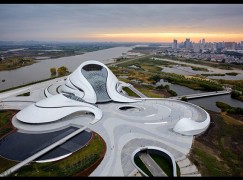
Breathtaking in conception and, unlike Sydney, unimpaired by political meddling.
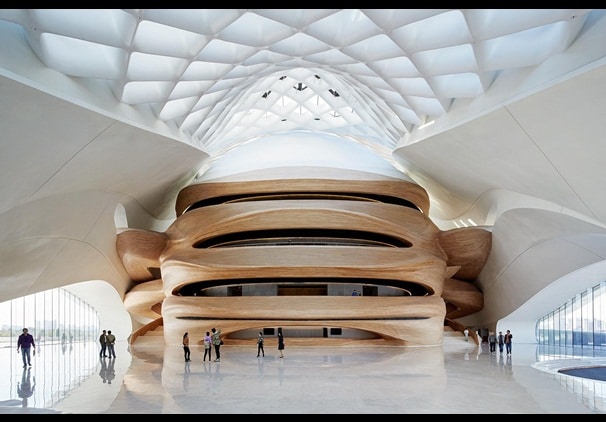
Want to see more? Move your clicking finger here.
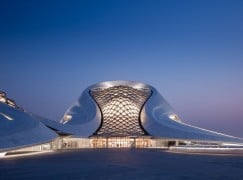
Photography by Adam Mørk and Hufton + Crow.

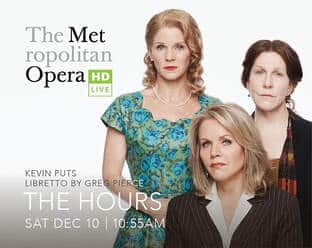
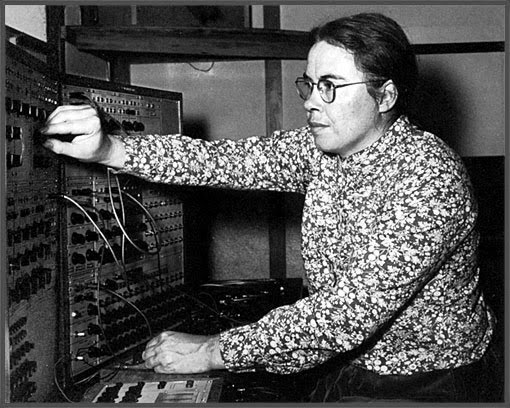
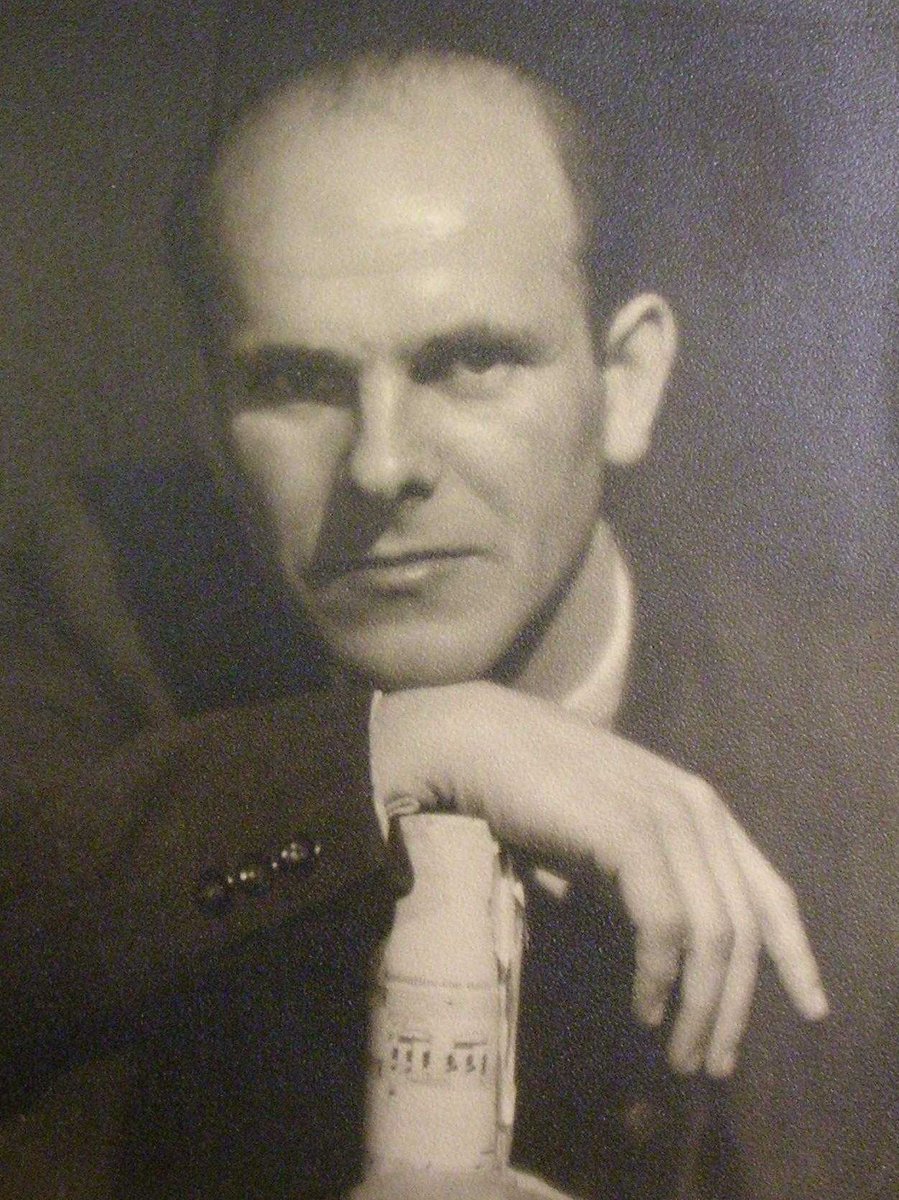
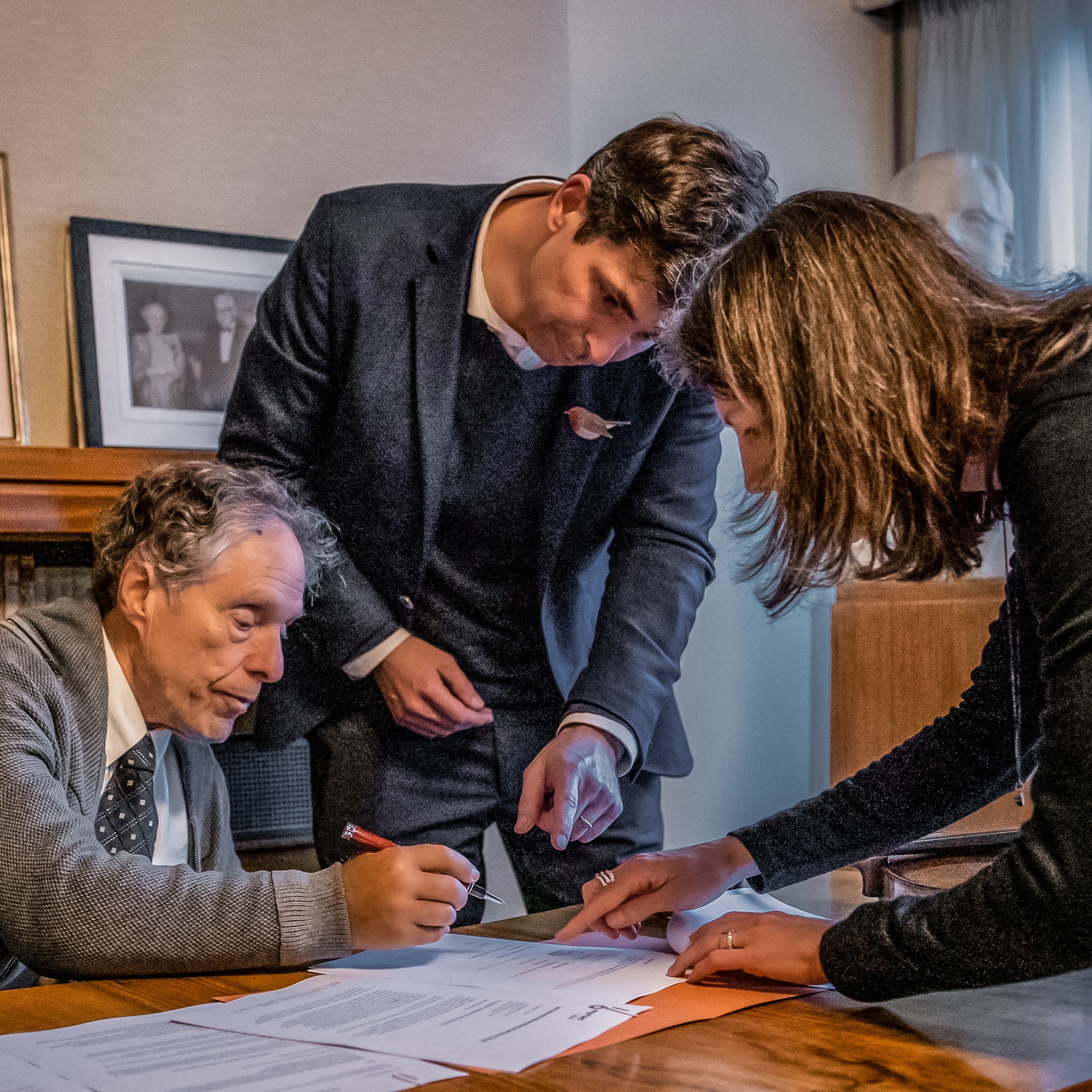
Harbin is the 8th largest city in China. The 8th largest city in the USA is San Diego, where by extreme contrast, the local opera company does not have a house at all, is all but bankrupt, and only does about 10 performances per year.
Harbin has been designated A City of Music by UNESCO. It has China’s old symphony orchestra and the oldest conservatory. In 2007, Harbin hosted an outdoor concert with 1000 pianos. You can see some astounding photos of the event here:
http://www.gov.cn/english/2006-08/07/content_356611.htm
Can you imagine a 1000 piano concert in any US city, including New York? That’s not possible because our music education system is so weak, and because there is very little funding for the arts (much less one with a 1000 pianos.) Think of Cleveland where two thirds of the adult population is functionally illiterate. We sit by as Rome burns….
No no no you must be mistaken! Classical music is dead.
A combination of luxury toilet and shaving device.
That great big empty outdoor plaza is going to be bitterly, bitterly cold for seven or eight months of the year.
Otherwise, yes, it’s a gorgeous design. I hope the acoustics are good.
Now, what about artists to perform there? Does Harbin have a symphony orchestra? Or an opera company (Western opera or traditional Chinese)? Or is it only likely to host touring artists?
Yesterday I saw an excellent production of La Boheme at the Suttgart Opera, one of the best houses in Europe. I had a 6th row seats that cost about $85. The price in the USA at one of our 6 or 7 genuinely functioning houses would be abour four times that.
Germany spends about $2.5 billion on its state theaters each year, which includes 83 opera houses in about 80 cities. They give full time jobs to 5000 musicians, 3000 singers, and 1300 soloists. They give 600 premieres per year. About 10 million people attend musical events each year at these theaters . The Stuttgart Staatstheater employs over 1300 people.
The USA does not have a single state theater, but it privileges its military ensembles with musicians like these:
https://www.youtube.com/watch?v=khQN5ylb3H0
The USA had a state theater system from 1935 to 1939. It employed 15,000 people and created 1200 productions. One of the first acts of HUAC, which had been newly formed in 1939, was to shut down America’s state theater system because they felt it was too leftist. The ironies are like something out of a dystopian novel, except that they are real.
Mr. Osborne, I have read your fascinating diatribe, “Marketplace of Ideas: But First, The Bill — A Personal Commentary On American and European Cultural Funding” and I absolutely agree that the situation is wholly frustrating. I have also seen your comments on this site regularly, all in the same vein. Nonetheless, I don’t quite understand what specifically you are complaining about? Just because America has the highest GDP in the world doesn’t automatically give it an obligation to have a general populace interested in opera. In Central Europe, where practically every city with a population greater than 100,000 (and many cities smaller than that) has a federally funded theater, going to the opera makes it to the shortlist of things to do in the evening in the general cultural mentality. In America, the history simply isn’t there, so with the exception of the New York upper class and, I don’t know, maaaybe San Francisco and Chicago, opera is much further down the list, if at all. Yes, for us musicians and music lovers living in America, of course it is frustrating, but it is simply an effect of the American cultural mentality. Practically speaking, there is no reason why politicians should put in legislation to fund the arts if the people don’t care — it is our job to advocate for that which we love.
Your perception that the USA is some sort of parochial country with little interest in classical music or the high arts is incorrect. The USA was on course to develop a social democracy with wide support for the arts, just as in Europe, but these movements were dismantled in the later 1930s and 40s. The Federal Theater Project I mention above, which employed 15,000 people and did 1200 productions is just one example.
Another example is the NBC Opera Theater which existed for 14 years from 1949 to 1964. They produced 43 operas for television broadcast, and commissioned about ten new operas by composers ranging from Mennotti to Lukas Foss, Norman Dello Joio. The program won three Prime Time Emmy Awards.
I’m not sure what you find objectionable in the video (though I didn’t watch the whole thing): A group of apparently competent musicians brought music at a very appropriate time to a different and novel venue, to a crowd that seemed to appreciate it. A little cheesy, I’ll grant, but isn’t that what music is supposed to be about?
Complain about inadequate US government funding for the arts all you want, but let’s not knock the military bands (and orchestras). “The President’s Own Marine Band” is arguably the best wind ensemble in the world – getting in is very competitive, and a steady stream of alums make it into major US orchestras – and those of the other services are quite good as well. They perform a lot of interesting repertoire, have more self-government than your average orchestra, and tour all over the U.S. and sometimes abroad, going to places unlikely to be visited by most international orchestras. i.e. bringing music to the people, and always put on a great show. You can see where they went this fall here:
http://www.marineband.marines.mil/Portals/175/Docs/Tour/2015_tour_itinerary_web.pdf
Ten-hut!!! Sadly, it is typically American to so strongly extol militarism that the larger point about cultural support is lost. Let’s wave the flag. As if there wasn’t an extreme and grotesque irony in the military spending $500 million on bands while the budget for the entire NEA is only a quarter that amount. We should also remember that in a military band, you are a soldier first and a musician second, and sadly, with all the superficial, mind numbing, artistic stupidity that life entails. Go play a military funeral and wave a flag.
If we want to talk about bands, then look at the Dallas Wind Symphony, which is equal to, and most likely better, than any service band. It is comprised mostly of Dallas area music teachers, professors, and free lancers who in any European country would be enjoying full time jobs as *performers* in orchestras and opera houses, with retirement plans and benefits — to say nothing of the vast cultural enrichment they would give to our society. Listen to them here:
https://www.youtube.com/watch?v=_Em2qO0Hnpk
Nevermind, let’s all stand and sing a stirring rendition of “Onward Christian Soldiers” led by Colonel North accompanied by the Marine Band. Then go iron our pants with a super sharp crease before inspection. Ten-Hut! Oorah!
Each major service – Air Force (shown), Army, Marines and Navy has a DC-based full-time band/orchestra where musicians enjoy automatic sergeant (petty-officer in Navy) ratings, healthcare, housing allowance, pension and 30-day vacation time/year. American conservatory graduates – some leery of US civilian orchestra/band opportunities – find security in these service bands. Some moonlight in the DC area on civilian gigs, competing with civilian musicians who unfortunately have none of the support advantages given military musicians. A former AFM president – himself a one-time Marine band member – made this possible when he became Secretary of AFM DC Local 161. It took us years to rid ourselves of this miscreant.
The US military spends about $500 million annually for bands. That’s about 4 times the entire NEA’s budget, and I estimate about 15 to 20 times the amount of the NEA spends on music. It’s insanity.
Eh? US government spends fortune on music each year, and this is insanity? Just because they spend it in a way that doesn’t meet your preference?
Great Russian tenor Sergei Lemeshev started his career in Harbin opera. They should name theatre after him.
A comment on the actual building, rather than another debate about US arts funding: The building looks really cool, but keep in mind the Sydney OH was designed at a time when architects had minimal computer power at their disposal. When Jorn Utzon proposed the design, it wasn’t even possible to do it; he and his engineers had to figure it out, basically, as they went along.
Way ahead of its time, and really the model for all that came after, including this one.
Thanks Macrov for some perspective. The Sydney Opera House certainly has it’s functional problems, but as an icon it will never be replaced. The Kaufman Center in Kansas City is very similar architecturally to the Opera House also – a glorious building and much better acoustically, but no-one’s flocking there. I frankly don’t expect the hundreds of thousands of tourists (many from China) who come to Sydney every year to see the Opera House and our stunning harbour, are suddenly going to switch to Harbin to see their opera house, especially in the winter. But it’s certainly a stunning building both inside and out.
Perhaps not. But then Harbin already hosts almost 15 million visitors from all over China and other parts of the world each year, many visiting during the severest winter months to see its stunning Ice and Snow Sculpture Festival, the largest in the world. No doubt at least some of these will attend performances in the evenings. If the figures I have for the two cities are accurate, then this is 50% more visitors than Sydney gets in a whole year.
William Osborne states that Harbin has “China’s old symphony orchestra”. I’m not quite sure what that means. If the intention is to suggest that it is the oldest in China, it isn’t. The Shanghai Symphony has that distinction. The Harbin Symphony was established in 1908. The Shanghai Symphony’s origins go back to 1878. Even though it was more of a municipal band in those days, it did increase its numbers to become a symphony orchestra in 1907. Harbin also did not create the first Music Conservatoire in the country, no matter that the city authorities seem to promote this fact. The Shanghai Conservatoire was founded a year earlier.
That said, though, Harbin was certainly a major centre of musical life at the start of the 20th century. Anyone who has been to Harbin knows that it was then essentially a Russian city. Even today street names appear in Chinese, English and Russian, and an imposing Russian cathedral dominates the city centre. Economic migrants first started moving from Russia to Harbin at the end of the 19th century followed quickly by refugees from the Jewish pogroms. After 1917, White Russians swelled the city numbers to the point where by 1922 fully 25% of the city’s residents were Russian. At that time the faculty dean at the Conservatoire was a refugee from St. Petersburg, Vladimir Davidovich Trachtenberg, who had studied under Leopold Auer and whose pupils included Heifetz and Elman.
I have no knowledge of a western opera company being based in Harbin, but there is a very established company presenting Chinese opera. However, Harbin now joins Shanghai, Beijing and Guangzhou in having a major new facility for opera which will in future enable productions of western opera sourced in one city to tour with relative ease to the others.
Sadly, there is no opera company in Harbin, and the Harbin Symphony Orchestra does not have a concert season, or a website. Although they have built a brand new concert hall (Architect: Isozaki Arata, Acoustic Engineer: Yasuhisa Toyota) which opened earlier in 2015. It’s just another routine story repeated in China so many times in the last two decades – local government built big modern performance venues without a capable performance group or professional management system, it’s just an achievement in politics, not in art.
Information is certainly hard to find in English, although there is a facebook page for the orchestra. Gleaning information from other sites, the symphony orchestra has 80 members and has actually performed in recent years in various European countries including Denmark, Russia, Greece and at the Grosser Musikvereinssaal. It also accompanies the opera company.
Peter Shi is certainly spot on about some of the smaller cities in China building major arts facilities without considering programming, but it does appear that both the Concert Hall and the Opera House in Harbin have permanent companies to fill them.
“Unimpaired by political meddling.”
I have been teaching building acoustics during almost ten years from 1987 to 1997. I am completely sure that the acoustics of this hall is very bad at the lobbys. I bet a beer.
A friend recently left the employ of a state funded orchestra in Europe where he had worked for nineteen years. He said that for the last decade audience size was frequently less than the size of the orchestra, only increasing for pops, holiday or nationalistic concerts.
The “state” finally noticed the lack of attendance and cut some positions to part-time status, including his. This is a world-reknown orchestra with many recordings and recognized conductors.
Such is the state of government funded theaters and orchestras in the European utopia.
“Such is the state of government funded theaters and orchestras in the European utopia.”
Sweeping statement. Come on, tell us where it was.